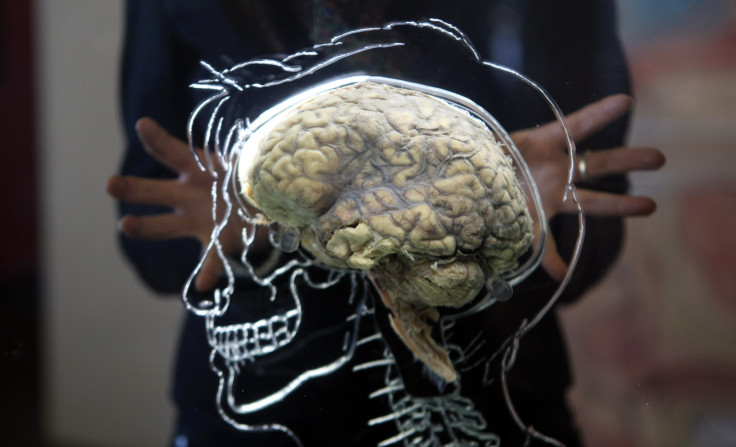11-Year-Old's Inoperable Brain Tumor Miraculously Disappears, Doctors Baffled

An 11-year-old Texas girl's inoperable brain tumor miraculously disappeared, leaving doctors baffled. According to local media, Roxli Doss was diagnosed with a brain tumor called diffuse intrinsic pontine glioma, or DIPG, in June.
The disease is “very rare” and causes a “decreased ability to swallow, sometimes vision loss, decreased ability to talk, eventually difficulty with breathing,” Dr. Virginia Harrod, with Dell Children’s Medical Center, said.
Despite there being no cure for the disease, the young girl underwent weeks of radiation. The girl's parents Gena and Scott Doss prayed for a miracle, and to everyone's surprise, they got it when it was revealed that the girl's tumor had disappeared.
“When I first saw Roxli’s MRI scan, it was actually unbelievable,” Harrod reportedly said. “The tumor is undetectable on the MRI scan, which is really unusual.”
Doctors are unable to explain how and why the rumor disappeared. The parents said doctors double checked her scans just to confirm the results.
“We didn't know how long she would be healthy and, look at her, she's just doing awesome,” her father said, adding that doctors are watching the girl closely and she will continue to undergo treatments, such as immunotherapy, as a precaution.
According to reports, Roxli is currently enjoying living her life, such as horseback riding.
DIPGs originate in the brain, and more specifically the brainstem, called the pons — an area deep within the lower part of the brain. This area is responsible for a number of critical bodily functions, such as breathing, sleeping and blood pressure. According to National Center for Biotechnology Information, the median survival for children with DIPGs is less than 1 year.
According to Boston's Children Hospital, approximately 300 children are diagnosed with DIPGs each year, usually between the ages of 5 and 9. The signs and symptoms of DIPGs include:
- Abnormal alignment of the eyes or/and double vision (diplopia).
- Weakness of facial muscles or facial asymmetry (one side of the face appearing different from the other).
- Arm and leg weakness.
- Unstable balance and coordination.
- Difficulties walking and speaking.
© Copyright IBTimes 2024. All rights reserved.





















